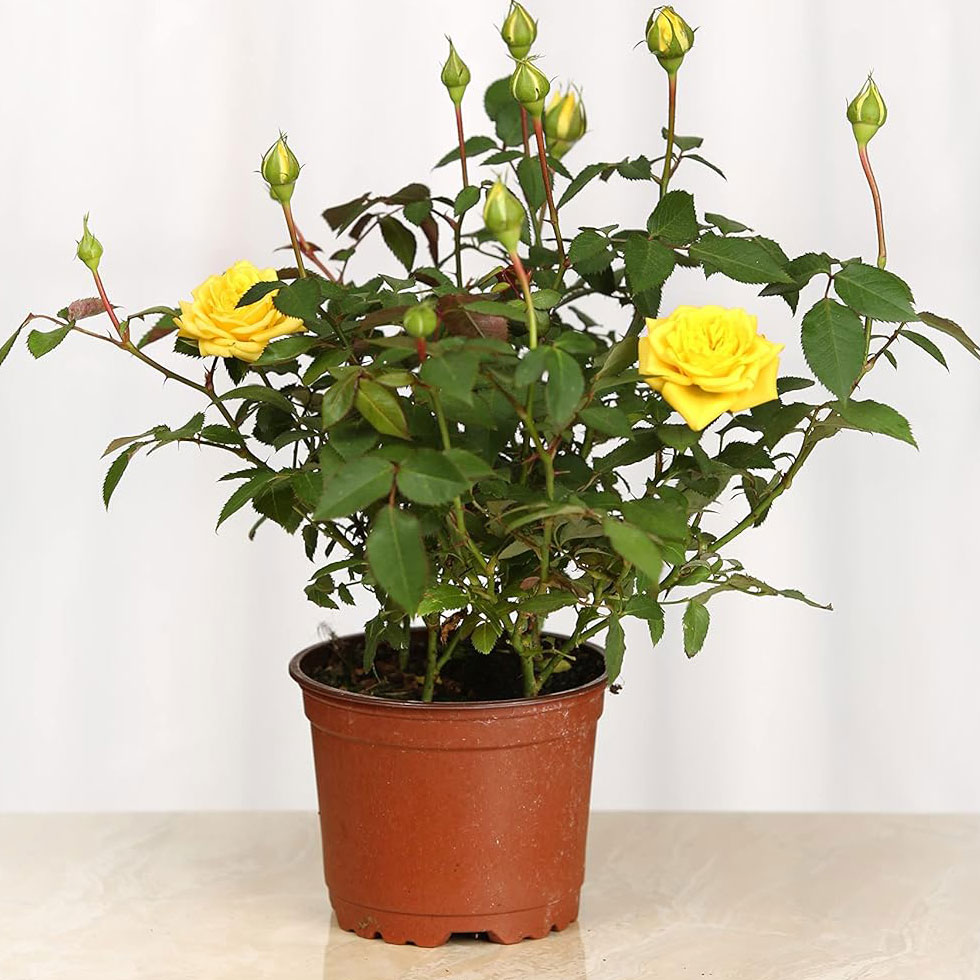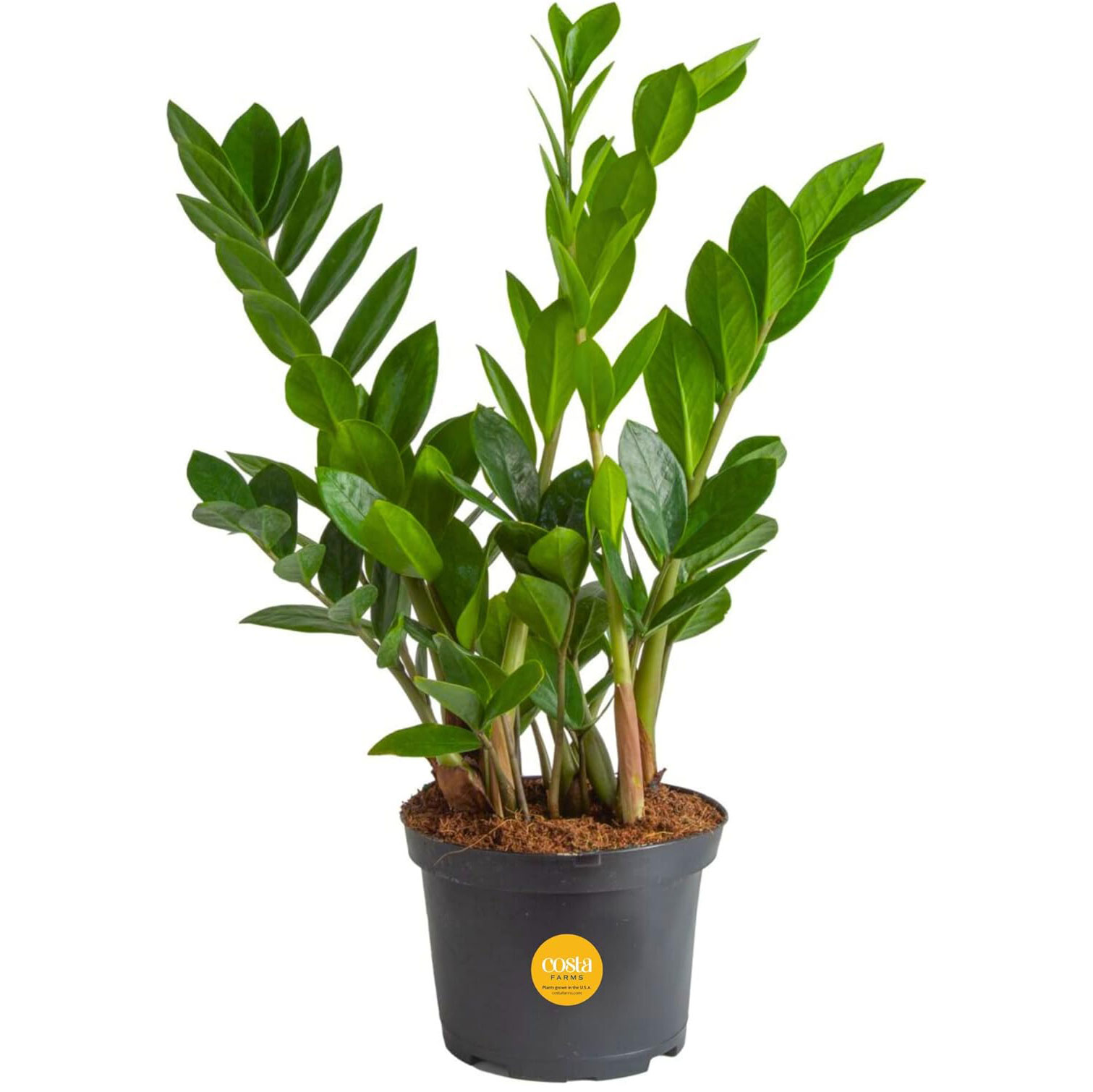Best Winter Houseplants — From Glossy Foliage to Colorful Blooms, These 8 Plants Top the List
What plants to choose and how to care for them when the cold season strikes
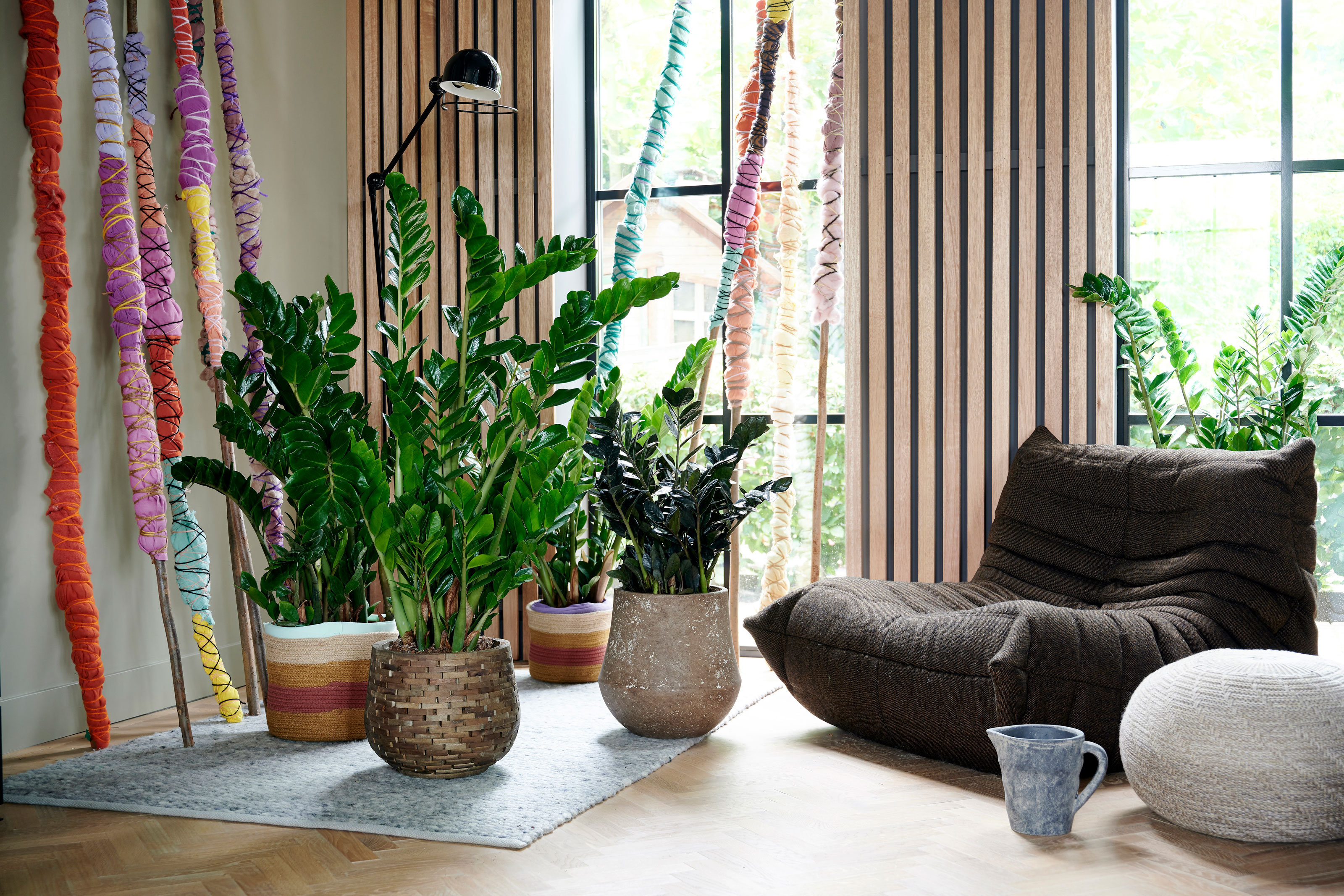
When it comes to choosing the best winter indoor plants, there are a few factors that give them the edge.
Firstly, there are some species that come into bloom during the holiday season and stay bountiful long into the new year, bringing a burst of color into our homes.
When their vibrant flowers or bracts fade, these plants can be cut back, enjoyed for their foliage or potted outside until next year. Then there are other foliage houseplants that can cope better in low light situations and temperature fluctuations. These are low-maintenance picks that look great without too much attention, making them great houseplants for beginners.
'Houseplants do best at temperatures between 60 and 80ºF, with a slight drop in temperature at night,' says Lisa Eldred Steinkopf, author of Houseplants. 'If you're comfortable, most likely your plants are too.'
1. Poinsettia
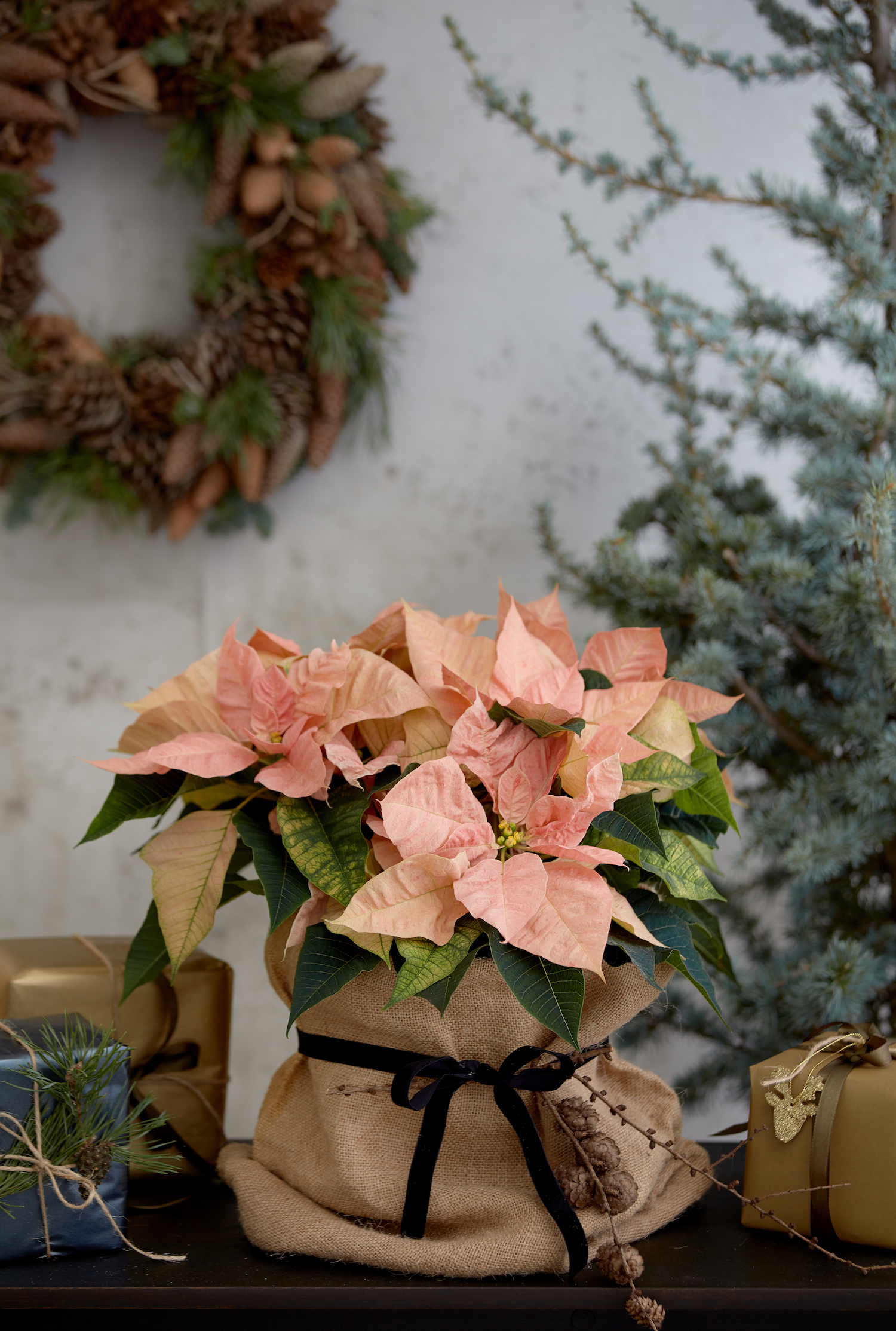
It's not just because of its ruby red, soft cream or pretty peach foliage that the poinsettia is a popular plant for the holidays. This pretty shrub is also one of the best winter indoor plants, as it will bloom again next year, if you give your poinsettia care.
'Poinsettia plants can tolerate shady locations for a few weeks, but give them a place them on a sunny windowsill for a few hours a week if possible,' says Kate Copsey, author of Month-by-Month Gardening New York & New Jersey.
'If you want to keep a holiday poinsettia for another year, trim the plant down to within 4 inches of the soil surface and water sparingly.
'It will put out new leaves, and by spring it’ll be ready to plant into the garden. Next fall you’ll bring it inside to condition it and force it into bloom for the holidays again.'
2. Christmas cactus (Schlumbergera)
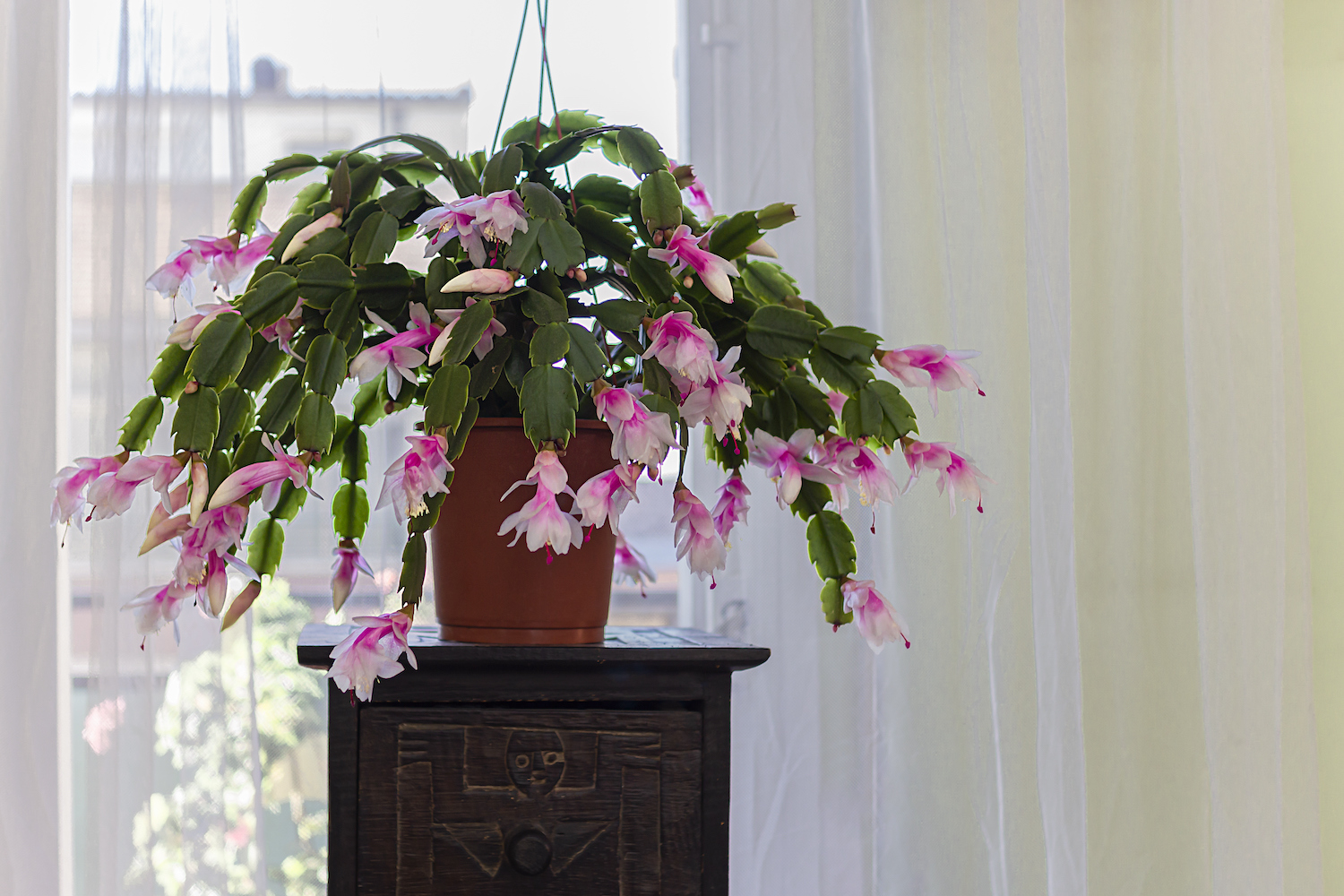
Treat it right and a Christmas (or Thanksgiving) cactus will reward you each year with a burst of beautiful blooms between November and January.
Thanks to breeding techniques and new hybrid types of holiday cactus on offer, these blooms can vary from rich red, bright pink, soft white, bold yellow and mixed dappled effects. The rest of the time, these seasonal cacti can be enjoyed in their more humble form, with a sprawl of flattened green stems.
'Seasonal cacti (which are really succulents rather than cacti) in bloom should be watered enough to keep the soil moist,' says Kate Copsey. 'When their blooming ends, reduce water. These delightful succulents bloom profusely for many weeks and last for many years too.'
3. Amaryllis
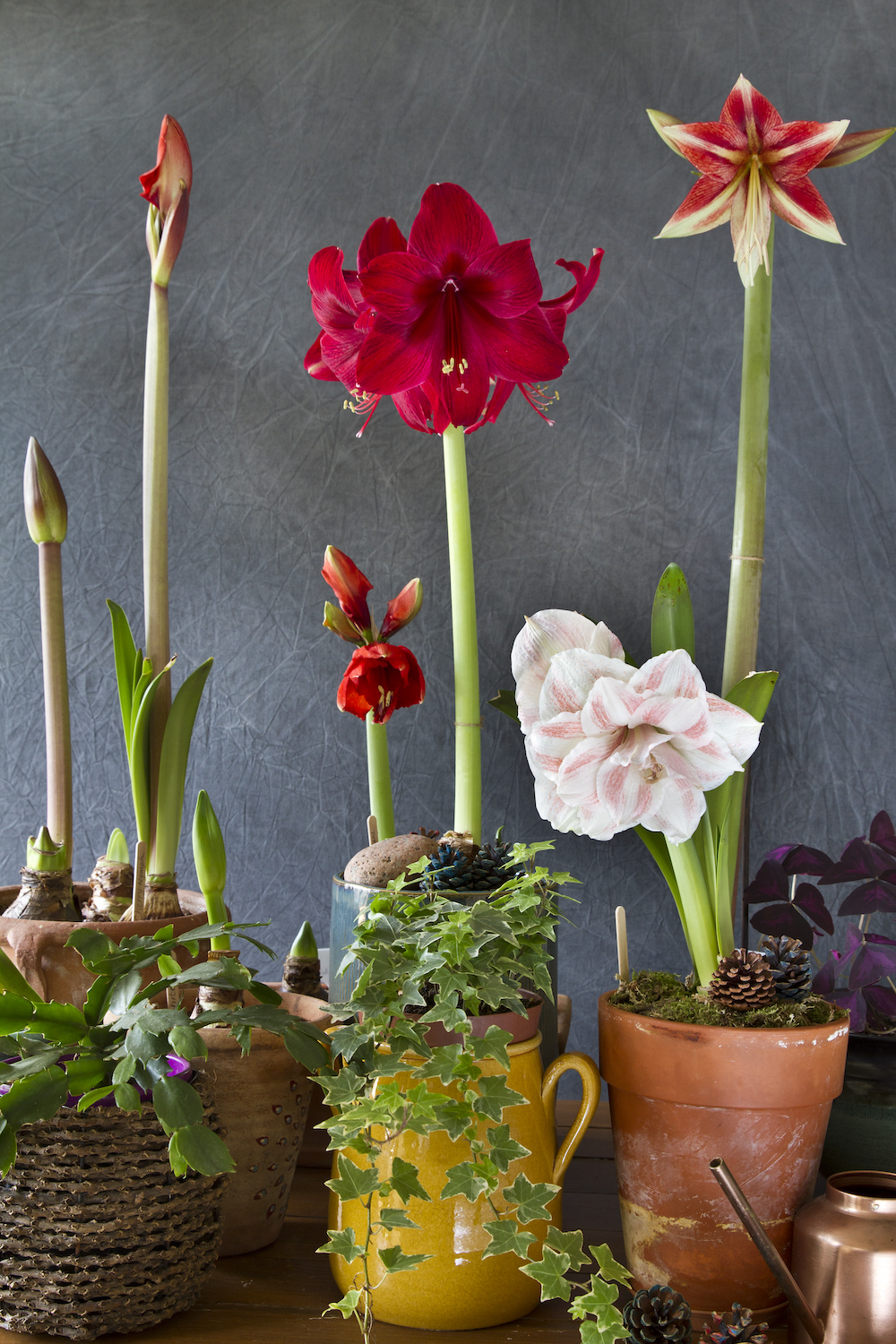
With its tall striking flowerhead, rich tones and pretty patterns, the amaryllis is a wonderful winter indoor plant, adding color and character to a space.
'Amaryllis bulbs are a popular holiday gift,' says Kate Copsey, and explains how to grow amaryllis easily. 'Plant a bulb in a container not much larger than the bulb itself. Fill the container’s bottom with potting mix and settle the bulb so that its tip and shoulders are above the soil (about half the bulb).
'Any spring-flowering bulbs that you didn’t get around to planting last fall can also be planted in a container indoors and forced into bloom early too.
'Keep amaryllis and other forced bulbs in good light while their flower stalks are growing. Move to a sunny location when the flowers arrive. After the flower fades, reduce watering as the bulbs go into dormancy.'
'Amaryllis bulbs sitting in too much water or too-wet soil can rot. If the leaves start to droop, take the bulb out of the pot and check to make sure it is not soft and black. Discard the bulb if it shows signs of decay.'
4. Miniature roses
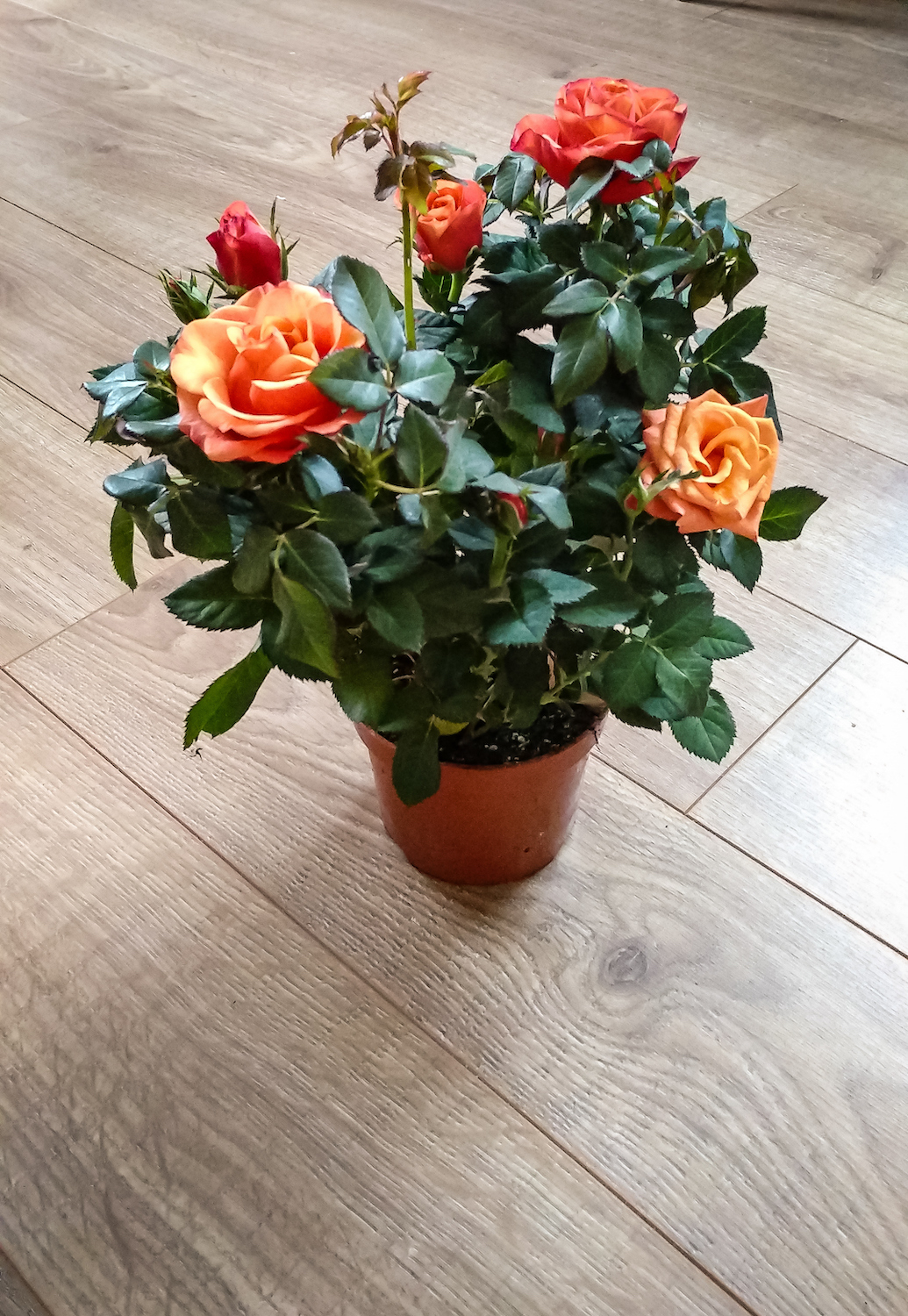
Some of the best winter indoor plants, can be enjoyed inside until spring. Then placed outdoors, where they'll thrive, until the temperature drops and it's time to be brought in again. One of these plants is a miniature rose bush.
'Miniature roses are popular seasonal plants,' says Kate Copsey. 'These aren’t hardy plants and need to be treated as houseplants at least for winter. If you receive a miniature rose, find a place on a bright windowsill so it will continue to bloom.'
'Water miniature roses grown as houseplants in winter only when the soil is dry at a depth of two to three inches,' adds Charlie Nardozzi, author, Month-by-Month Gardening New England.
'Miniature roses growing indoors are susceptible to spider mites in winter. Spider mites love the dry conditions that occur indoors in New England homes this time of year,' Charlies adds. 'The best prevention for spider mites on roses is to mist the plant regularly to keep the humidity levels high. You can also group roses with other houseplants in a tray filled with pebbles and water.
'The plants and the evaporating water will increase the humidity levels and discourage the mites.'
5. Cyclamen
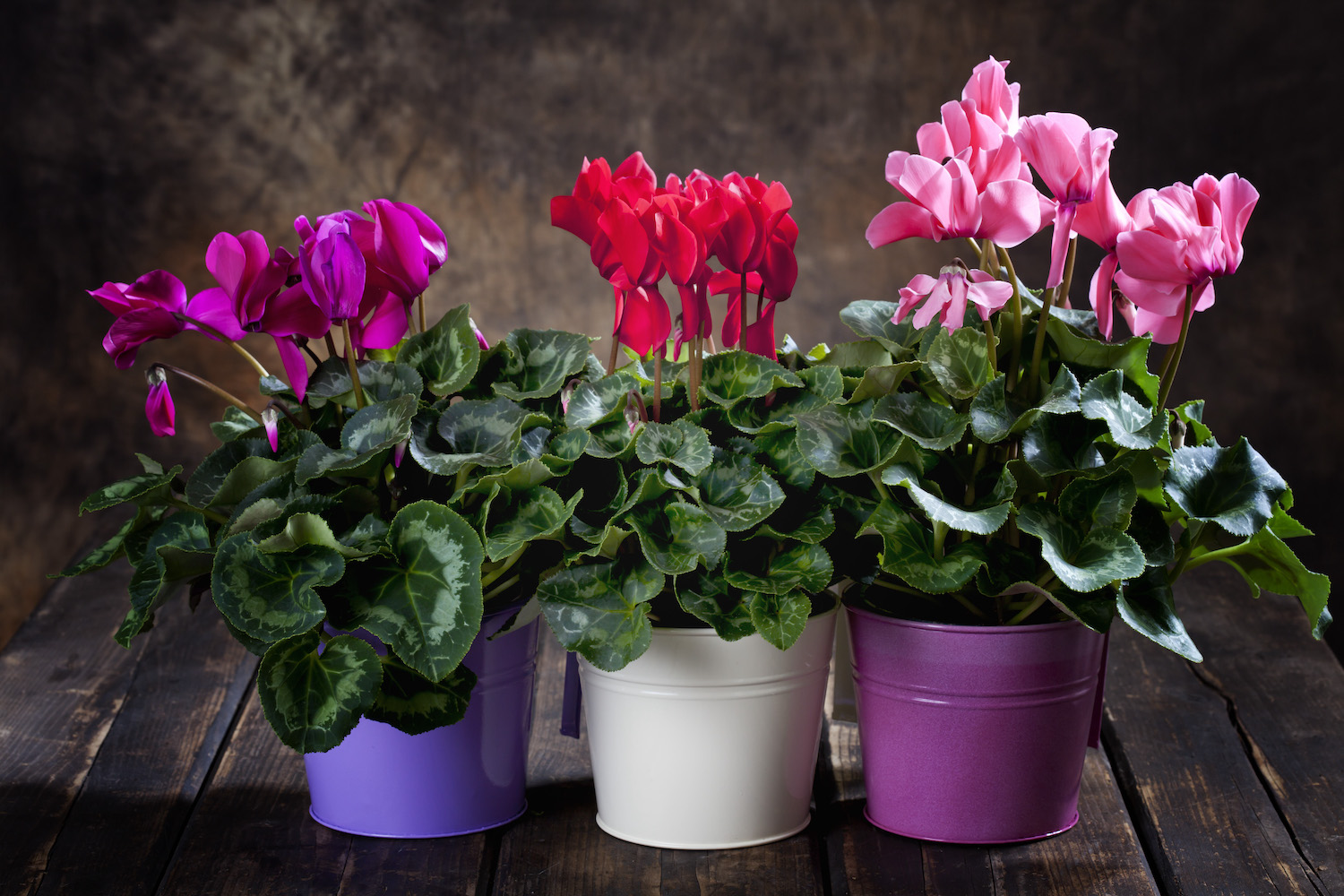
The cyclamen is another holiday favorite because it blooms with pretty pink profusions, from early winter into the new year. It has beautiful heart-shaped foliage too, so if you've been gifted one, look after it, let it go into summer dormancy and it will flower again next fall in your indoor garden.
'It is important not to water the plant in the crown as water may sit in the indentation of the corm and rot can set in, causing the plant to collapse,' says plant guru Lisa Eldred Steinkopf. 'Water around the edge of the container instead. Keep your cyclamen in a cool spot if possible. At the very least, keep it away from heat vents or a fireplace. Temperatures that are too warm will cause yellowing leaves.
'After flowering they will die down for the spring and then rest for the summer. Don't assume, like many do, that the plant has died because the leaves turn yellow and fall off. This is natural.
'Keep the potting medium dry but do not allow the corm to shrivel over the summer. When the cool days of fall arrive again, water it and the plant will come out of dormancy to grow and flower again.'
6. Peace lily (Spathiphyllum)
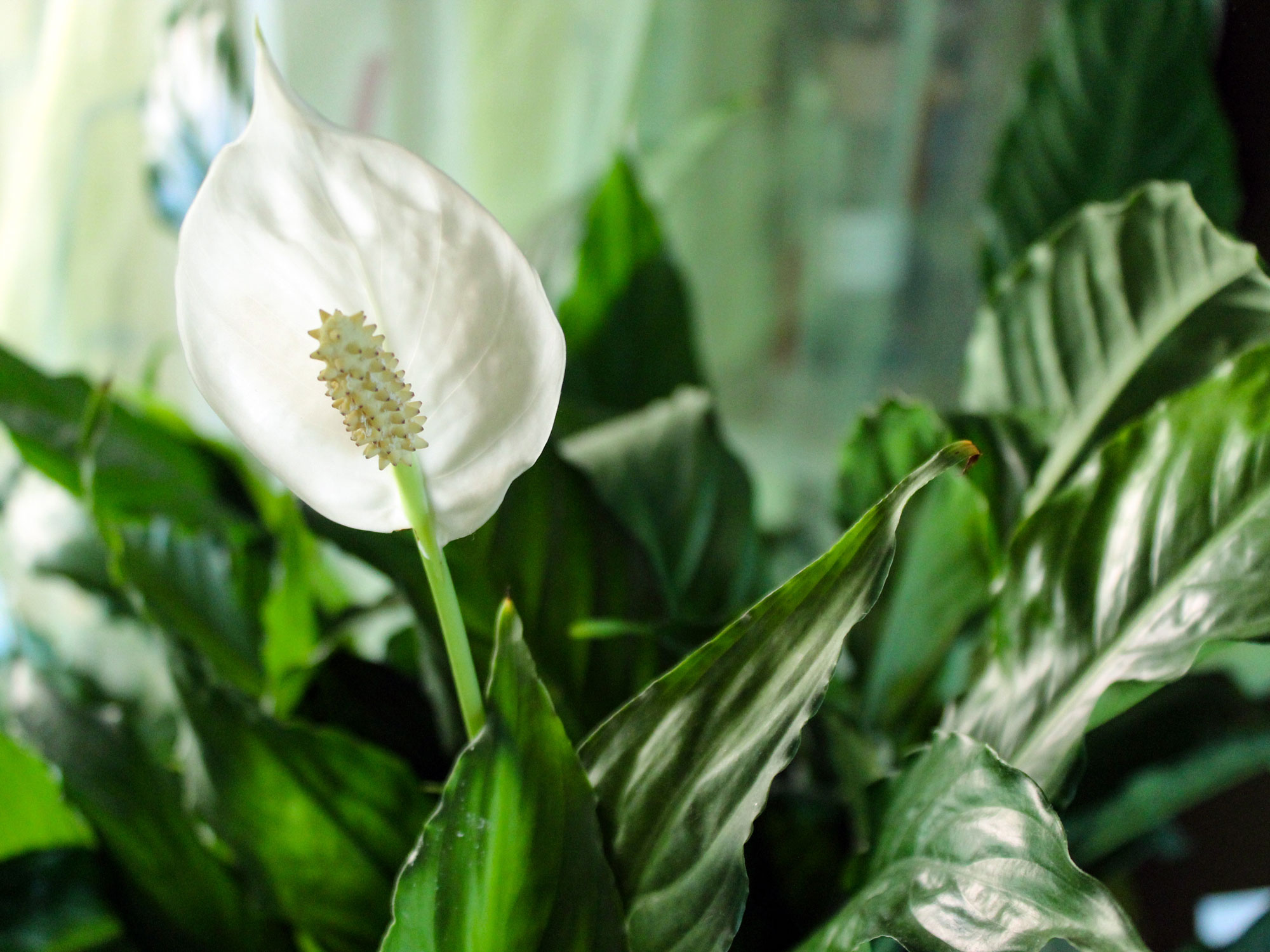
The peace lily is a great addition to your home all year round, but what makes it one of the best winter indoor plants is its tolerance for low light. It's also as beautiful and beneficial with or without its white spathes which appear periodically.
'Spathiphyllum is not a true lily but is related to aglaonema, philodendron and dieffenbachia, which are all aroids,' explains Lisa Eldred-Steinkopf. 'These popular plants are easy to care for and are forgiving for being allowed to wilt from under-watering.
It's also an indoor plant that can survive with little to no sunlight. 'The peace lily can tolerate a medium to low light, but flowers may not appear in less than a medium light,' Lisa explains. 'This plant does not like to dry out, so keep it evenly moist. It will wilt from under-watering but come back quite well as soon as water is added to the soil.'
7. ZZ plant (Zamioculcas zamiifolia)
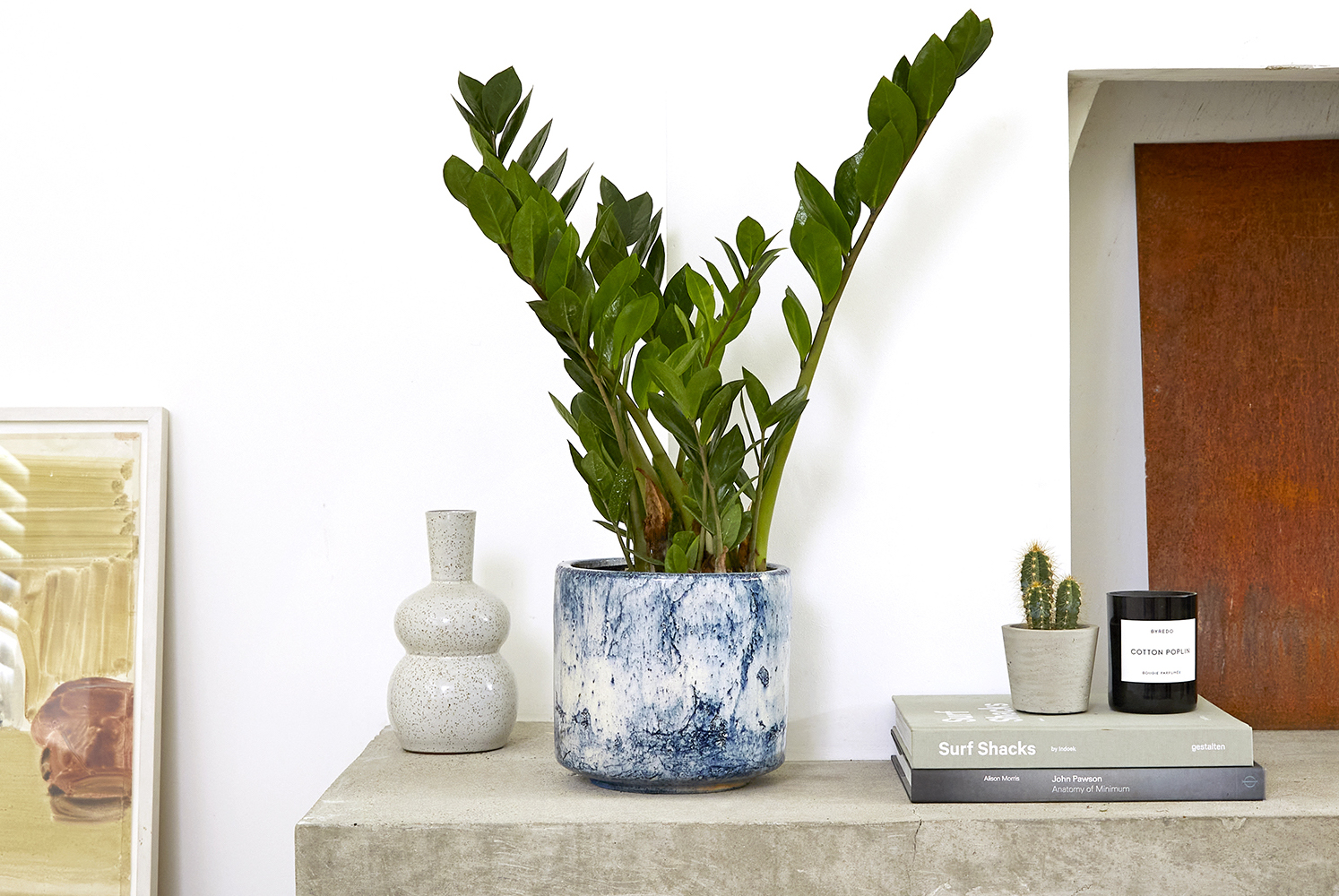
The popular ZZ makes a wonderful winter houseplant for its ability to maintain its glossy green leaves in low light conditions. It features regularly on the best low-maintenance plant for indoor gardening lists for this reason, as well as its architectural appearance.
'The leaves are upright and made up of many leaflets on each rachis (stem of a compound leaf), the actual "stem" being the underground tuberous rhizomes,' explains Lisa.
'While it's true this plant can tolerate low light levels for quite some time, it would prefer a medium to bright light to grow well.
'The ZZ is also touted as drought tolerant, and whereas it can take long periods between waterings, this depends on the level of light it is growing in. If it dries down too much, it will drop leaflets.'
8. Cast iron plant (Aspidistra)

With a reputation for surviving Victorian homes–and their sooty coal fires and icy draughts–the hardy Aspidistra won't mind a temperature dip, when the weather turns chilly, or a hike, when the heating goes up.
'This plant has been grown in dim parlors since Victorian times, and as it tolerates low light, and adverse conditions, it is known as the cast iron plant,' explains Lisa.
'Although it can tolerate low light, it would do well in medium light,' she continues. 'It's also know for its tolerance to drying out, but it would prefer to be evenly moist. The less light it has, the less water it will need.'
Be The First To Know
The Livingetc newsletters are your inside source for what’s shaping interiors now - and what’s next. Discover trend forecasts, smart style ideas, and curated shopping inspiration that brings design to life. Subscribe today and stay ahead of the curve.
Jacky Parker is a London-based freelance journalist and content creator, specialising in interiors, travel and food. From buying guides and real home case studies to shopping and news pages, she produces a wide range of features for national magazines and SEO content for websites
A long-time contributor to Livingetc, as a member of the team, she regularly reports on the latest trends, speaking to experts and discovering the latest tips. Jacky has also written for other publications such as Homes and Gardens, Ideal Home, Red, Grand Designs, Sunday Times Style and AD, Country Homes and Interiors and ELLE Decoration.
-
 5 Bathroom Layouts That Look Dated in 2025 — Plus the Alternatives Designers Use Instead for a More Contemporary Space
5 Bathroom Layouts That Look Dated in 2025 — Plus the Alternatives Designers Use Instead for a More Contemporary SpaceFor a bathroom that feels in line with the times, avoid these layouts and be more intentional with the placement and positioning of your features and fixtures
By Lilith Hudson Published
-
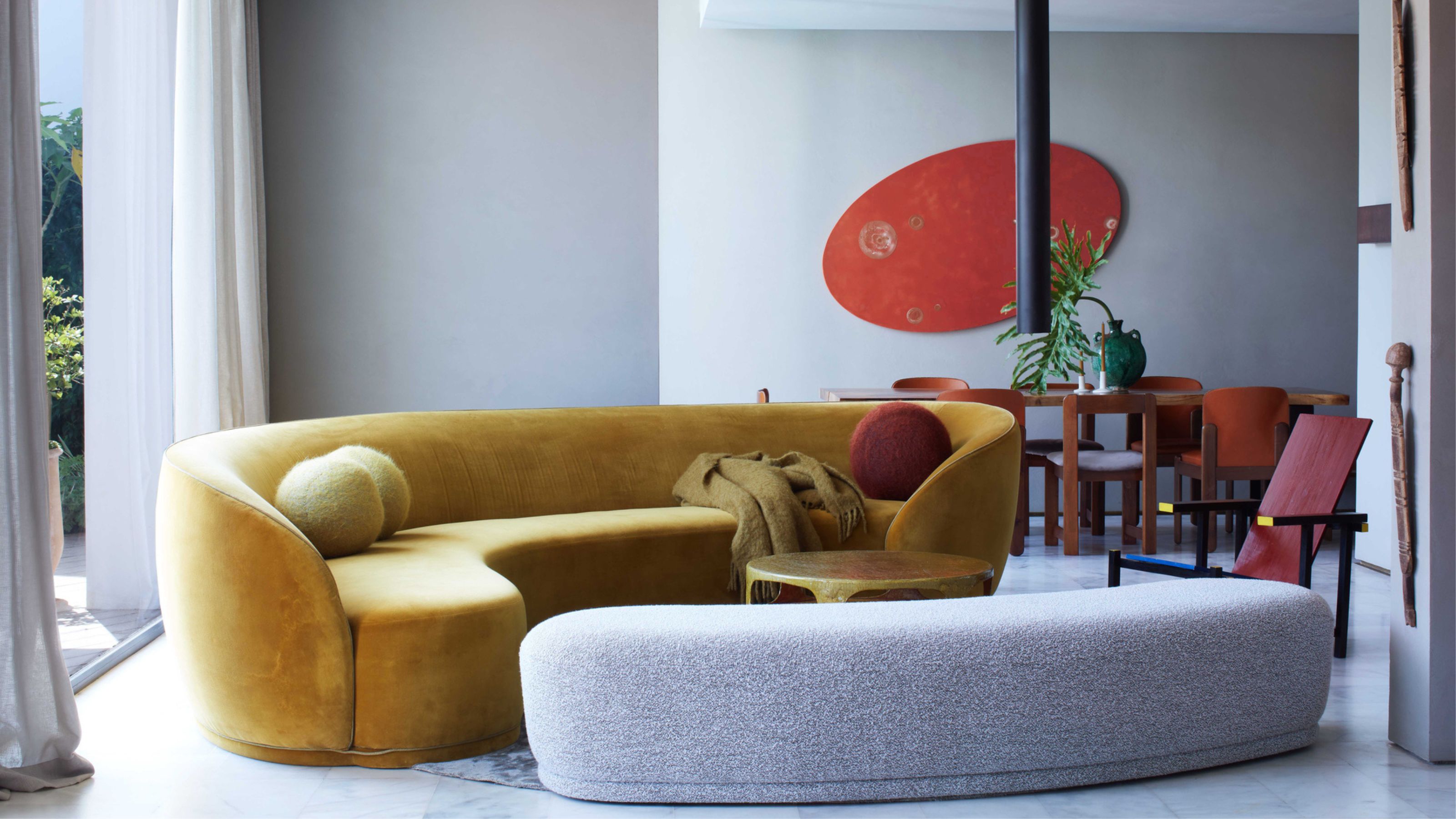 Why Decorating With Mustard Yellow Helps Fill Your Interiors With a Sense of "Confident Calm"
Why Decorating With Mustard Yellow Helps Fill Your Interiors With a Sense of "Confident Calm"There is so much more to decorating with this turmeric-tinted sauce-wiggled-on-a-hotdog not-quite-yellow shade than meets the eye
By Amy Moorea Wong Published
